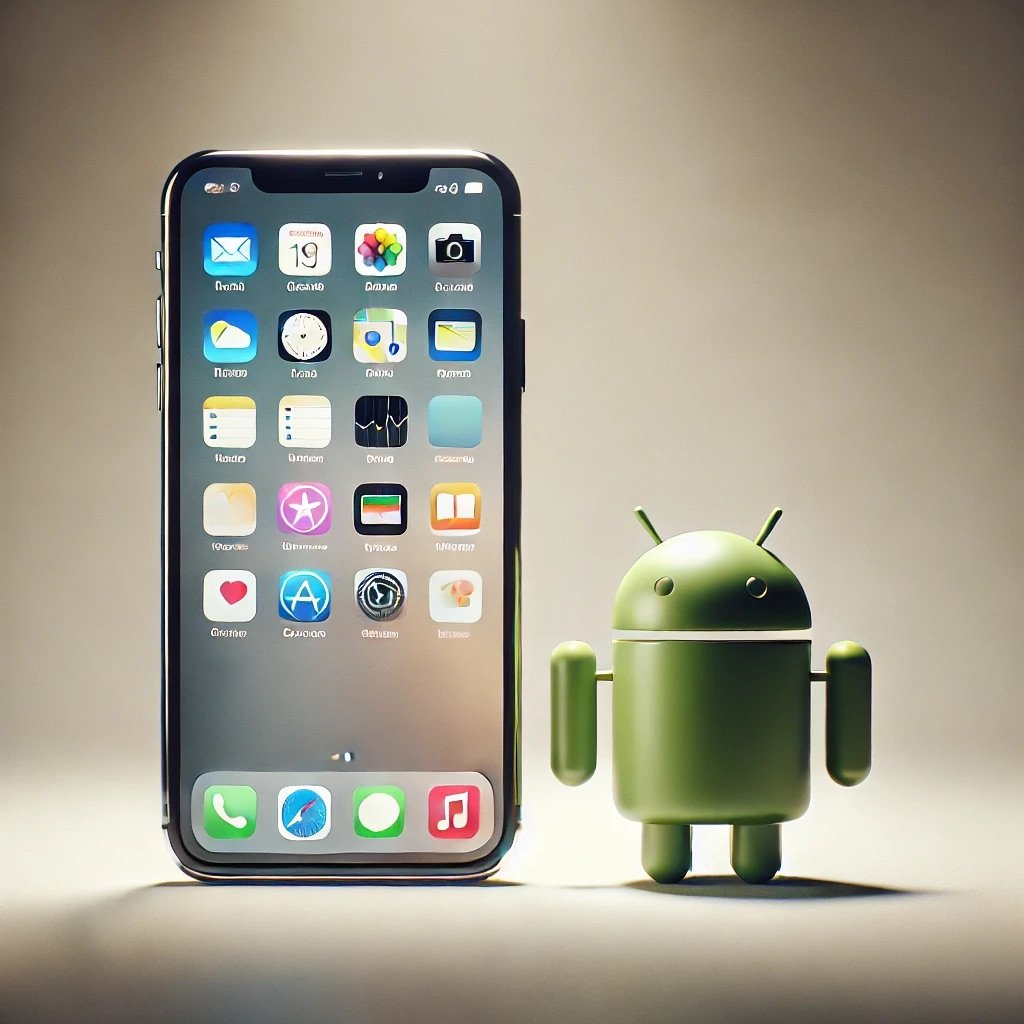My Dual iPhone /Android Dual Usage
Image generated with ChatGPT
I have been living a double-life in term of telecommunication. My personal mobile phones have been various versions of iPhones since the product line was introduced in 2007. However, my work mobile phones for my current job have been Android phones (all of them made by Samsung) after BlackBerry phones fell out of favor around 2012. I have been carrying two phones and most of my colleagues do the same. I don’t mind carrying two phones but when I go on business trips, carrying only one less phone becomes a convenience issue - not only the number of devices, but also the question of charging on or two devices. Mobile phones have been able of handling two phone lines simultaneously (dual-SIM capable) for a number of years. So carrying just one mobile with two lines should not be a big deal right? Actually it is more complicated than it sounds. There are a few issues, one is related to SIM cards and one is with the mobile OS ecosystems.
1. Dual-Sim: Physical SIM vs. eSIM
Remember the days when people based their mobile carrier decisions on network such as TDMA, CDMA, GSM, etc.? Back then the biggest advantage of phones on GSM network is the ability to pull out the SIM card and swap phones. Advance to the recent years, the usage of SIM cards seemed to have won out over the phone line information “burned-in” into mobile phones. However, different companies implement the dual-SIM capability differently. Apple uses two eSIMs in its North America versions of iPhones. iPhones purchased in Asia have one physical SIM card slot and a eSIM “slot”. Google’s Pixel phones use one physical SIM and one eSIM. And then there are phones mostly sold in Asia that have two physical SIM slots. So there are three possible combinations: (1) physical SIM + eSIM, (2) eSIM + eSIM and (3) physical SIM + physical SIM.
My work mobile line is on the Verizon network using a physical SIM card. Since the line is own by my m.work, it is not easy for me to switch it to eSIM ( and then move that eSIM from one phone to another). However, moving the physical SIM card is relatively easy - as long as the other phone can accept a physical SIM card. Living in North America, the only solution is to use a Google Pixel phone that can accommodate the physical SIM that has my work phone line embedded and the eSIM that I can move around that has my personal line in it. That seemed to solve the problem but remember I mentioned that I have been using iPhones since 2007? The OS eco system becomes the next big hurdle.
2. Mobile OS Ecosystems
The ecosystem problem really isn’t a “huge” one except for messaging applications. I use text messaging (hence iMessage on iPhones), WhatsApp, Line and WeChat. When moving from phones to phones, these apps handle the moves differently. iMessage takes one extra step because that function has to be turned off on a iPhone or messages won’t go to the Android phone properly. Line and WeChat has the capability to preserve chat histories but iMessage and WhatApp don’t have similar capability, or at least I have not figured out how. Other than that, music and movies are not cross-platform so I can’t consume the medias I have built up over the years when I use an Android phone during business trips.
Recently I got an Asian version of iPhone that can take one physical SIM and one eSIM. I think that solves the SIM card problem but I still need to resolve the messaging and ecosystem issue. I am using that on my upcoming trip and I will report back on the findings and results.
